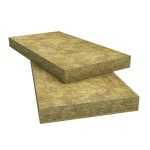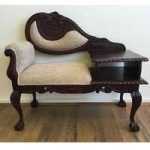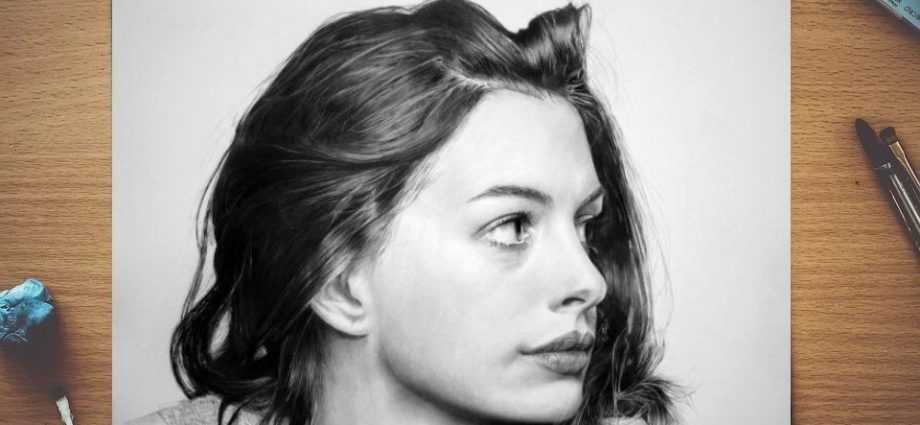The regular pencil drawing (in English pencil, the word comes from the Latin “panniculus”, which means “brush”), used by painters around the world, is the fastest and most sensitive of the pencil drawing tools, as it can produce a quick sketch or finely detailed drawing. Pencils vary according to the hardness of the graphite rod. The stiffer the rod (and the sharper the tip), the thinner the line. Pencils are a dry medium, unlike pens, markers, and felt-tip pens, which apply liquids to the surface of the paper in how to draw owl.
Famous Pencil Artists
The solid nibs, with their strong, crisp, thin strokes, were especially suited to painting neoclassicism and eighteenth-century romance. Pencil drawing masters included Jean-Auguste Dominique Ingres (1780-1867), whose work included “Portrait of Madame Guillaume Lettier” (graphite pencil drawing, now in the Fogg Museum of Art, Harvard University); John Constable, an English landscape painter who used pencil and ink in his Trees on the Shore (Victoria and Albert Museum, London); Pablo Picassowhose works include Still Life with Glass, Apple, Playing Card and Tobacco Packaging (now in the Winston Art Collection, Michigan). Two particularly beautiful works of art in pencil at the Tate Gallery in London are Alice Meynell by John Singer Sargent and Thomas Hardy by William Strang. Other contemporary examples of the use of the pencil can be seen in the National Self-Portrait Collection of Ireland at the University of Limerick. See, for example, the conventional pencil portraits of Irish artists Patrick Scott, Sarah Purser, Walter Osborne, and Patrick Leonard; color pencil portrait of Jim Allen; pencil and watercolor portraits of Jack B. Yates and Stephen McKenna.

Other forms of graphic art
– Charcoal pencil drawing
– Conte Crayon
– Pen and ink
– Chalk drawings.
WHAT IS ART?
For a guide on aesthetic and classification issues related to visual/applied arts. For an art form heavily dependent on graphic drawing.
Preparatory pencil sketches
The main drawback of pure pencil work is its relative inconsistency and monochrome. As a result, most draftsmen often work in more permanent environments (or fixative) and add pigment based on the use of watercolor or gouache, or pastels. However, the easy erasability of pencil lines makes the environment extremely convenient for preparatory sketches, so most modern artists, using oil, watercolor, or acrylic, carry out their initial drawings in pencil.
How pencils are made today
A pencil drawing lead is a form of carbon called graphite, from the Greek word for graphein, which means to write. In the process of making pencils, natural graphite is turned into powder, mixed with clay, and then turned into a paste. This graphite paste is then pressed and extruded into long thin rods, which are then baked. The finished lead is then soaked in wax for ease of drawing and placed in cedarwood rods. Learn more about how electrical works.
Types of slate pencils
Pencils are available in the traditional shape, enclosed in a wooden rod or in the form of graphite sticks. These sticks are made of high-quality extruded graphite, formed into thick rods. The draftsman can vary the marks made using a point, a flattened edge of a point, or the length of a stick. The graphite stick is the material of choice for many artists due to its variable tone density.
History of using a pencil for graphics
In Greek art, draftsmen and painters used a metal nib (often made of lead) to draw on papyrus. During the Renaissance, the stylus was used in combination with many different metal alloys to create exquisite Renaissance drawings in Italy and Germany. The student artists actually used a blank stylus to practice drawing by making easy-to-remove indentations on their tablets. These fine needle-like tools can be considered the forerunners of the modern graphite pencil.
The first mention of a writing instrument with a graphite core inserted into a wooden holder was made by the Swiss-German scientist and naturalist Konrad Gesner in 1565, but the modern graphite pencil appeared much later, after an unusually pure vein of graphite was discovered at Borrowdale in English Lake District. Despite the success of both German and American pencil makers, it is the Frenchman Nicolas-Jacques Condé who is credited with inventing the modern pencil in the 18th century, when a method was found to combine graphite with clay. Current leaders in pencil making and manufacturing include e-pencils and art supplies Dixon Ticonderoga, and Faber-Castell, and Sanford.
Most pencils today are graded and labeled according to the European system, using a range from “H” (hardness) to “B” (black). A regular writing pencil is HB, the hardest is 9H and the softest is 9B. Simply put, different grades are achieved by varying the ratio of graphite to clay during production. The more clay you use, the harder the pencil.
Other types of pencils
There are many different types of pencils worked for fine art by artists and illustrators. These include colored pencil drawing, not made from graphite, but from a mixture of clay, pigment, and wax; charcoal pencils made from compressed charcoal; crayons made from pigment, graphite, rubber, and grease; as well as watercolor pencils and a range of modern tools. Learn more about loves home improvement.
- For facts about painting movements, styles, and old masters
Why do artists need hard, soft, and hard-soft pencils?
Hard pencils: 2T (2H) to 9T (9H):
Hard pencils are paler, lines are sharper.
Artists use hard pencil drawing for three things: light tones, subtle sketching, and detailing. But be careful with pencils harder than 3H, they can scratch the paper.
If you want to sketch lightly, don’t press down on the pencil. Then pencils are drawn with thin light lines, almost imperceptible. Before sketching, check on the test paper to make sure the pencils won’t scratch.
If you have already completed your pencil drawing, but want to sharpen the contours, circle them with a hard pencil. If you want to highlight details or texture: strands of hair in a pencil drawing, show the hardness of a stone – a hard pencil will also help your home improvements.
Light colors are conveyed with hard pencils. To get a dark tone, aspiring artists diligently press on a hard pencil, tear and scratch the paper. If you want darker lines, use a softer pencil drawing.




















